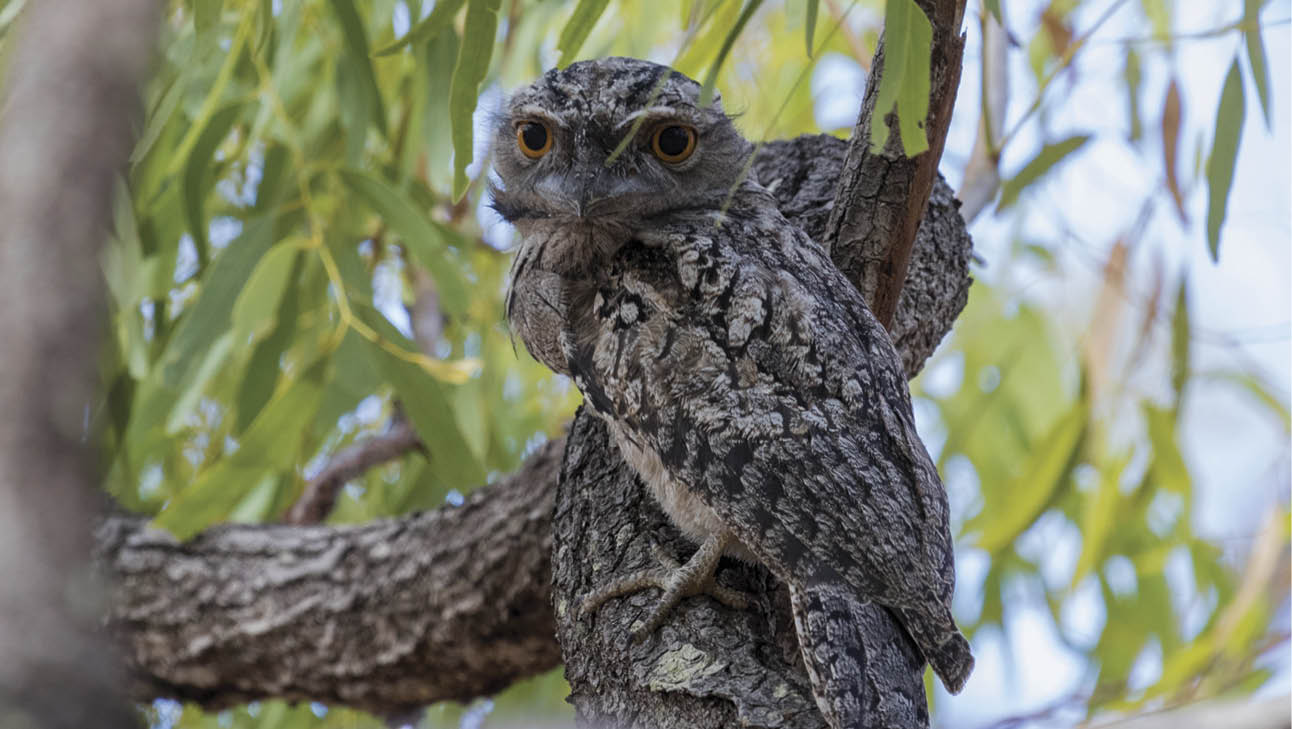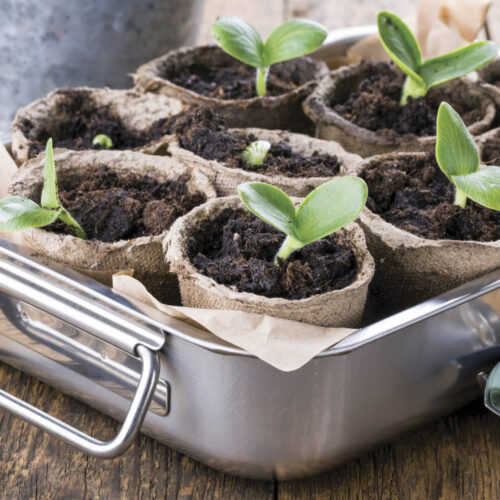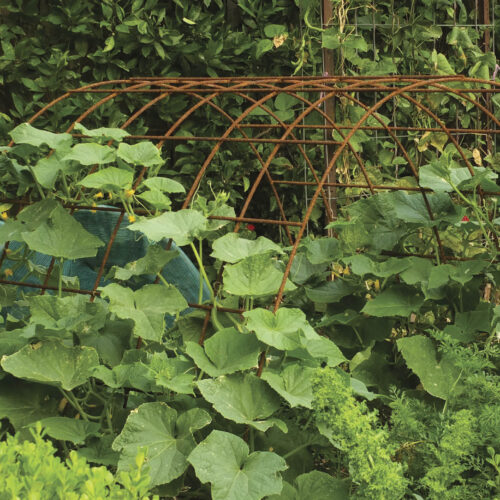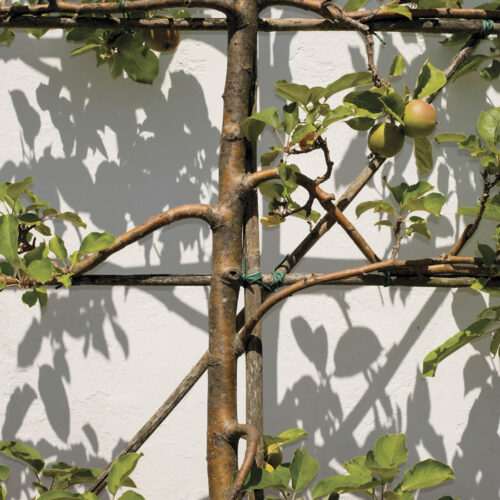Away with the birds
2012-10-03T00:00:48+10:00
JUSTIN RUSSELL writes that wildlife is an essential element of an organic garden, and birds in particular can play an important role in helping to control pests.
A garden without wildlife is a garden without soul.
I’m pretty sure this is a quote by someone famous, and though I can’t track down the author, it’s a mantra that I’ve been really keen on since I got serious about gardening 14 years ago. In fact, I’d be inclined to give up gardening altogether if I wasn’t able to share my patch of dirt with some friends in the animal kingdom. As long as they’re not pests.
In my previous Toowoomba garden there were feral birds galore. Indian Mynas were the main pest. These birds are highly intelligent, extremely territorial, and have the dubious distinction of being named one of the world’s top 100 invasive species and the Most Hated Pest in Australia. They are known as the flying cane toad, and in surveys are more loathed than foxes and feral cats.
Thank goodness there’s none here at Thistlebrook. In fact, since moving here six years ago, we haven’t spotted a single feral. What we do have is a growing list of native bird species: superb fairy wrens, willy wagtails, swallows, finches, boobook owls, parrots, honeyeaters and more. My favourites are the wrens, but the avian highlight of our time here was witnessing a soaring wedgetail eagle spot a rabbit in the neighbour’s paddock, then bomb dive from the thermals with all the daring of a kamikaze pilot. It was a thrilling sight that resulted one less bunny to ringbark my young fruit trees.
Providing habitat for birds is basically the same as providing habitat for people. Like us, they have three basic needs: water, food, and shelter. A water source can be as simple as a glazed terracotta saucer, topped up every day or two, or it can be as elaborate as a specially designed wildlife pond. Food sources are a bit trickier, because different species have different needs. Wrens and wagtails are flycatchers who feed on insects. They’re useful pest controllers in an organic garden, and easy enough to accommodate by avoiding the use of insecticides. Let the birds do the work for you. Honeyeaters and other nectar feeders go for flowering plants like grevilleas and bottlebrushes. Finches prefer seeds. The moral of the story is that if you want to attract a diverse range of birds, you’ll need to grow a diverse range of food plants.
Shelter is straightforward, as long as you’re prepared to lighten up. Very formal gardens such as those with a limited plant palette and a very tidy appearance aren’t overly friendly to anything but the garden owner. If you want to attract birds, leave an unkempt corner or two, and don’t clip everything to within an inch of its life. Plant a mix of natives and exotics, and if you have a cat, keep it indoors at night.
Don’t worry about getting too fancy or spending lots of money. Build it, and I’ll almost guarantee that they will come.






